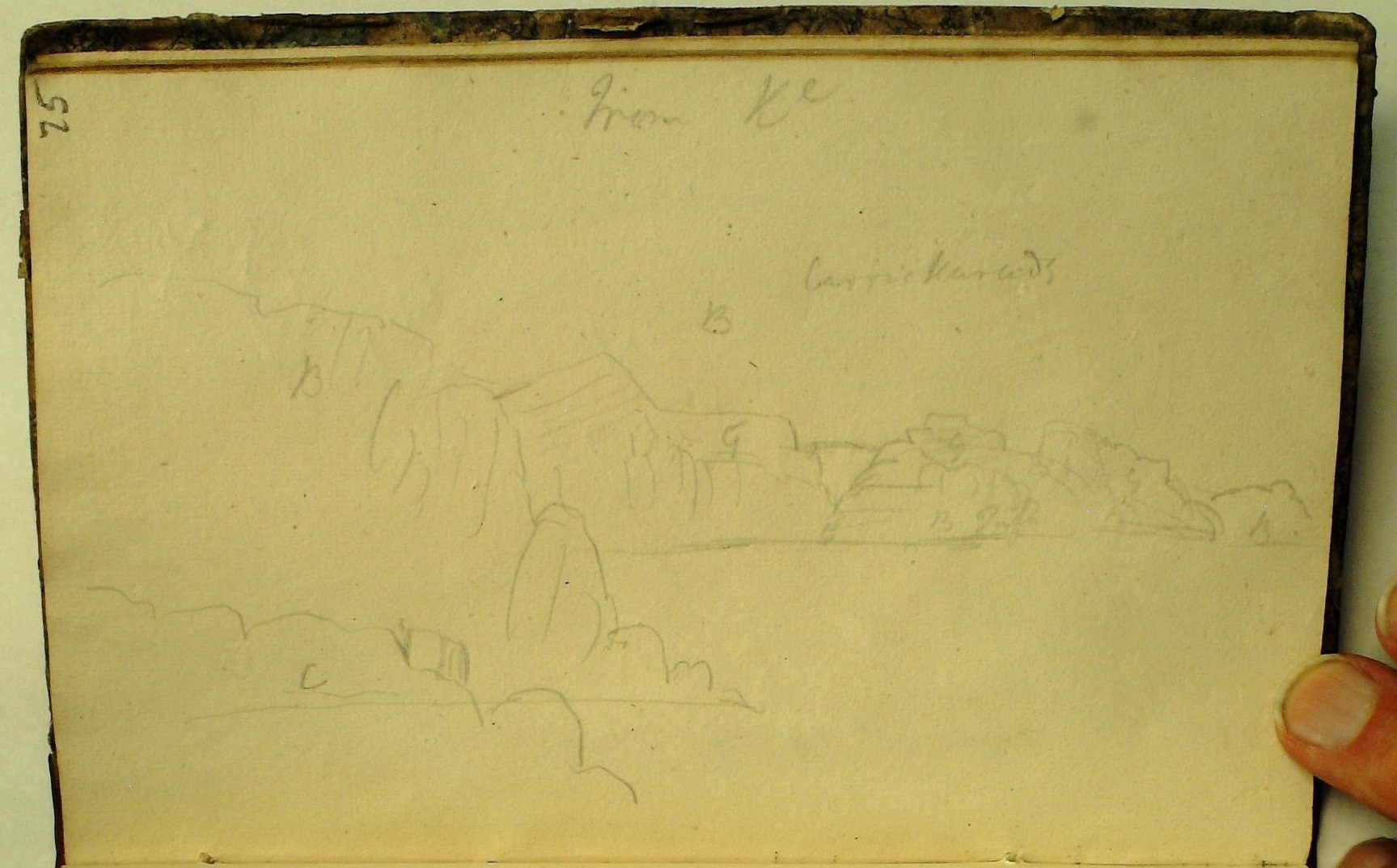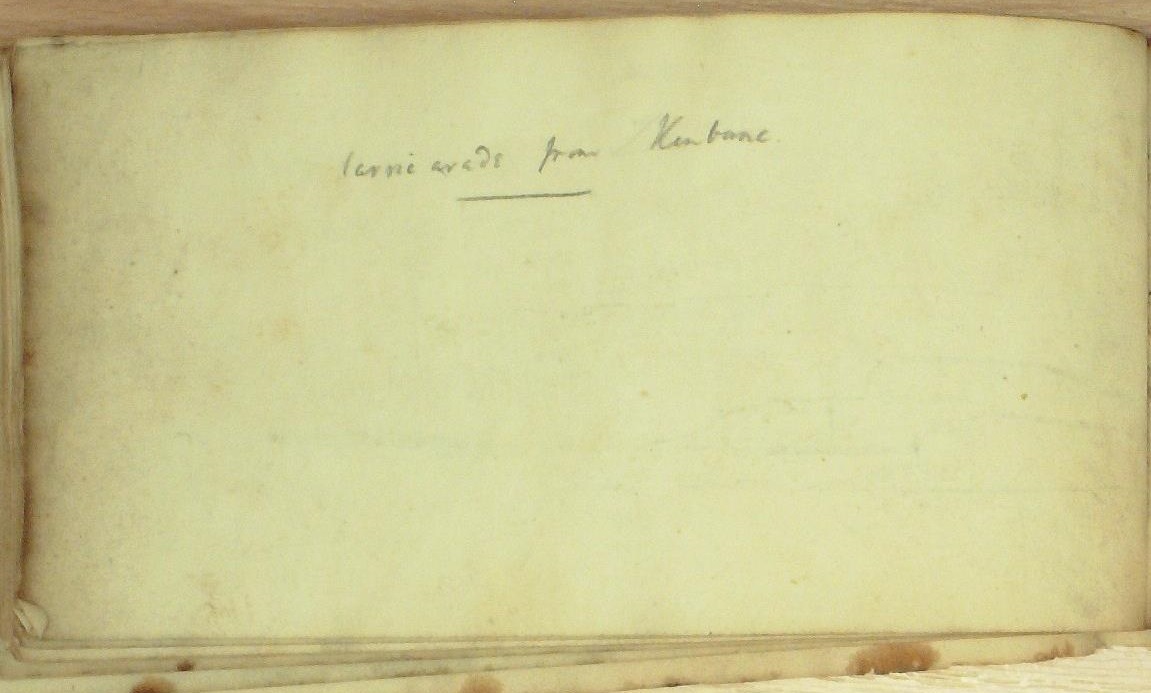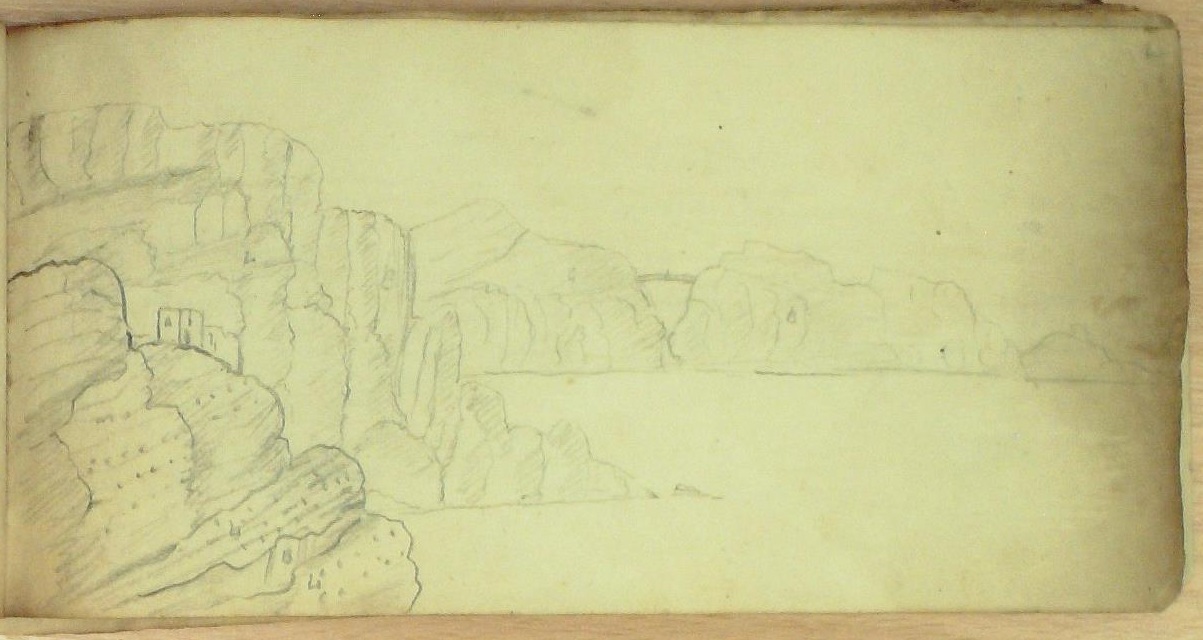This is the second in a new mini-series of posts about our lovely volunteers on Zooniverse. The spotlight pieces will focus on individual volunteers; they will allow us to learn a bit more about what motivates individuals to volunteer to transcribe Davy’s notebooks and what people’s particular interests in Davy might be.
Volunteer in the spotlight: @PurpleH

1. What interests you about the project?
I’m a retired bank manager, living in the Midlands of England, who really always wanted to work with words rather than numbers. One of the best jobs I had in the bank was carrying out forensic investigations – delving into the recesses of files (paper and computer) to uncover missing information or discover the truth behind disputed activities.
2. Why are you enjoying it?
The most satisfying part of the work, for me, is figuring out (from Davy’s often wayward handwriting and spelling) the correct transcription of the place names, authors, chemicals, etc. by researching on the internet; and discovering the current meaning of archaic terms. I like the fact that we are uncovering information which may not have been seen for ages and which may add to the sum of our knowledge of the history of science.
3. Do you have any particular interest in Davy?
I first encountered Zooniverse during the first lockdown when the Rainfall Rescue project was mentioned on the BBC News website. I first worked on the transcription of old handwritten rainfall readings, and then helped trace the precise location of rain gauges from often scant information. I’ve since dabbled in several other projects, but Davy has had me hooked.
4. Are sciences and arts ‘separate’?
In my view, definitely not! At school I was torn between English, which I loved, and science. In my view arts and sciences should not be ‘separate’ but the way education is currently structured forces students to choose. I was originally accepted for a joint degree in English and Zoology – but when I got to university it turned out to be impossible, as the lectures overlapped and were at opposite ends of the campus. In the end science won and my degree was in Combined Sciences which included Biology, Geology, Astronomy, and Logic & Scientific Method. Several of these also interested Davy, who clearly didn’t put a barrier between art and science.
5. What have you learned about Davy since joining the project?
I must confess that, before the project, all I knew about Davy was that he invented the safety lamp that bears his name. I had no idea that Davy had worked on geology, or that he sketched and wrote poetry (though I must confess that, as far as his poetry goes, I think he should have stuck to science!).
6. Do you have any favourite pages of Davy’s notebooks?
My favourite notebooks have been those with the geology sketches – and I was particularly pleased to have spotted and transcribed ‘Carricarede from Kinbane’ (and to have identified that Davy was referring to Carrick-a-rede rope bridge, now a famous National Trust site, just north of Kinbane, up the coast towards the Giant’s Causeway), and hence the drawing of the tiny rope bridge in a number of the sketches.
RI MS HD/15/D, p. 75 (click to enlarge)
RI MS HD/15/A, p. 24 (click to enlarge)
RI MS HD/15/A, p. 25 (click to enlarge)
Thank you, @PurpleH!
If you’re a Zooniverse volunteer who’d like to be featured, please let us know on Talk, or by e-mail.


